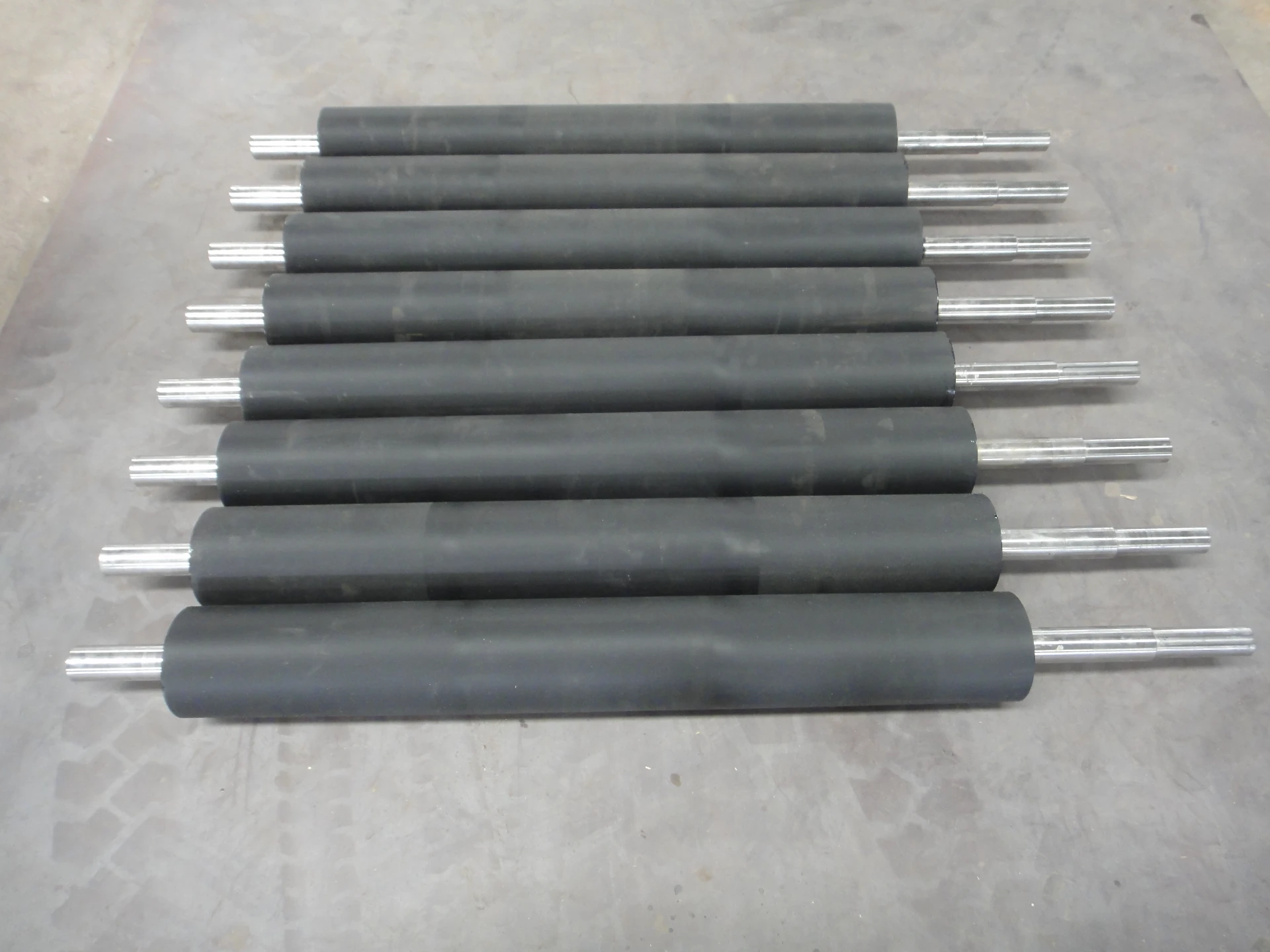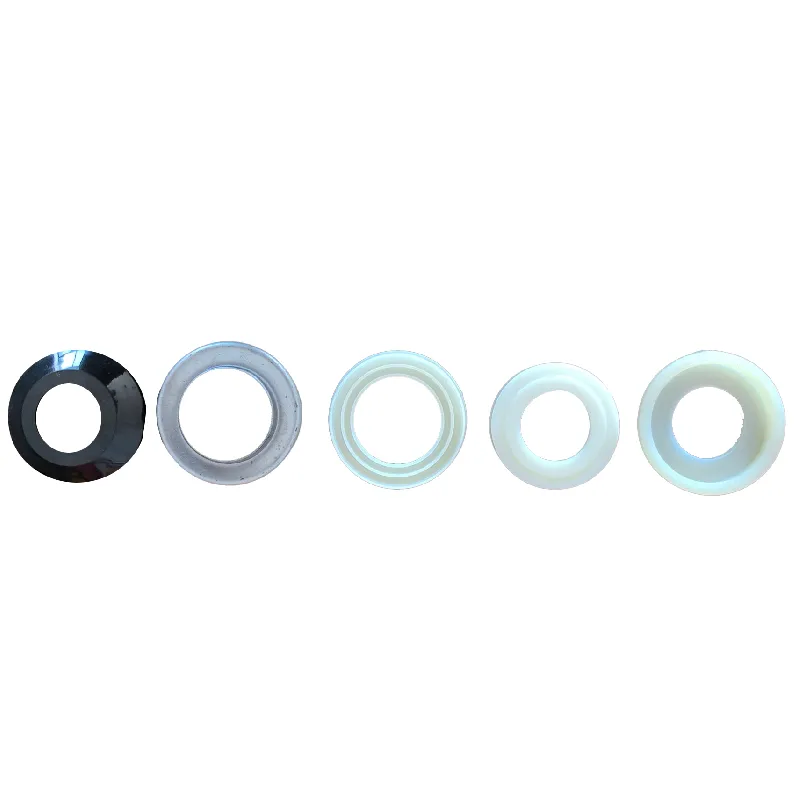 Afrikaans
Afrikaans  Albanian
Albanian  Amharic
Amharic  Arabic
Arabic  Armenian
Armenian  Azerbaijani
Azerbaijani  Basque
Basque  Belarusian
Belarusian  Bengali
Bengali  Bosnian
Bosnian  Bulgarian
Bulgarian  Catalan
Catalan  Cebuano
Cebuano  Corsican
Corsican  Croatian
Croatian  Czech
Czech  Danish
Danish  Dutch
Dutch  English
English  Esperanto
Esperanto  Estonian
Estonian  Finnish
Finnish  French
French  Frisian
Frisian  Galician
Galician  Georgian
Georgian  German
German  Greek
Greek  Gujarati
Gujarati  Haitian Creole
Haitian Creole  hausa
hausa  hawaiian
hawaiian  Hebrew
Hebrew  Hindi
Hindi  Miao
Miao  Hungarian
Hungarian  Icelandic
Icelandic  igbo
igbo  Indonesian
Indonesian  irish
irish  Italian
Italian  Japanese
Japanese  Javanese
Javanese  Kannada
Kannada  kazakh
kazakh  Khmer
Khmer  Rwandese
Rwandese  Korean
Korean  Kurdish
Kurdish  Kyrgyz
Kyrgyz  Lao
Lao  Latin
Latin  Latvian
Latvian  Lithuanian
Lithuanian  Luxembourgish
Luxembourgish  Macedonian
Macedonian  Malgashi
Malgashi  Malay
Malay  Malayalam
Malayalam  Maltese
Maltese  Maori
Maori  Marathi
Marathi  Mongolian
Mongolian  Myanmar
Myanmar  Nepali
Nepali  Norwegian
Norwegian  Norwegian
Norwegian  Occitan
Occitan  Pashto
Pashto  Persian
Persian  Polish
Polish  Portuguese
Portuguese  Punjabi
Punjabi  Romanian
Romanian  Russian
Russian  Samoan
Samoan  Scottish Gaelic
Scottish Gaelic  Serbian
Serbian  Sesotho
Sesotho  Shona
Shona  Sindhi
Sindhi  Sinhala
Sinhala  Slovak
Slovak  Slovenian
Slovenian  Somali
Somali  Spanish
Spanish  Sundanese
Sundanese  Swahili
Swahili  Swedish
Swedish  Tagalog
Tagalog  Tajik
Tajik  Tamil
Tamil  Tatar
Tatar  Telugu
Telugu  Thai
Thai  Turkish
Turkish  Turkmen
Turkmen  Ukrainian
Ukrainian  Urdu
Urdu  Uighur
Uighur  Uzbek
Uzbek  Vietnamese
Vietnamese  Welsh
Welsh  Bantu
Bantu  Yiddish
Yiddish  Yoruba
Yoruba  Zulu
Zulu Conveyor Drive Pulleys - High-Performance & Durable Belt Conveyor Solutions
- Overview of Conveyor Drive Pulley Mechanics
- Technical Advantages in Modern Pulley Systems
- Performance Comparison Across Leading Manufacturers
- Tailored Solutions for Diverse Industrial Needs
- Case Studies: Efficiency Gains in Real-World Scenarios
- Maintenance Strategies for Long-Term Reliability
- Future Trends in Conveyor Drive Pulley Innovation

(conveyor drive pulley)
Understanding the Role of Conveyor Drive Pulley Systems
The conveyor drive pulley
is the cornerstone of belt-driven material handling systems, transferring rotational force to move bulk materials efficiently. Unlike the driven pulley, which follows motion passively, the drive pulley directly interfaces with motors or gearboxes. Key design parameters include diameter, surface lagging, and shaft strength, all optimized to handle operational stresses. For instance, pulleys in mining applications withstand loads exceeding 50 kN/m, while food-grade systems prioritize corrosion resistance. Proper alignment between drive and driven pulleys reduces belt slippage by up to 30%, directly impacting energy consumption.
Technical Advantages in Modern Pulley Systems
Advanced drive pulleys incorporate three critical innovations:
- Diamond Lagging: Enhances traction with 40% higher friction coefficients than rubber coatings
- Hollow Shaft Design: Reduces weight by 25% while maintaining torque capacity up to 12,000 Nm
- Precision Balancing: Limits vibration to ISO 1940 G2.5 standard, extending bearing life by 18 months
These features enable continuous operation at speeds over 6.5 m/s without performance degradation, even in high-temperature environments exceeding 150°C.
Manufacturer Performance Benchmarking
| Brand | Max Load (kN/m) | Efficiency (%) | Warranty (Years) | MTBF (Hours) |
|---|---|---|---|---|
| Dodge® | 48 | 94.7 | 3 | 35,000 |
| Rexnord® | 52 | 96.2 | 5 | 42,500 |
| Baldor® | 45 | 93.1 | 2 | 28,000 |
Customized Drive Pulley Configurations
Specialized applications demand bespoke solutions:
- Mining: XT-7 alloy shells with 10mm ceramic lagging for abrasive resistance
- Packaging: FDA-compliant stainless steel models with <5µm surface finish
- Ports: Salt-spray tested units with 500µm epoxy coating
Our modular design allows diameter adjustments from 200mm to 2,500mm within 72-hour lead times.
Operational Efficiency Case Analysis
A cement plant upgraded to helical crown drive pulleys, achieving:
- 17% reduction in belt mistracking incidents
- 9.3% lower power consumption
- 22-month ROI through decreased downtime
Similarly, a steel mill reported 14,000+ hours of uninterrupted service after switching to tapered bore pulleys.
Proactive Maintenance Protocols
Scheduled inspections every 500 operating hours should verify:
- Shaft concentricity within 0.05mm tolerance
- Lagging thickness above minimum 8mm
- Bearing temperature below 80°C
Implementing infrared thermography cuts failure prediction accuracy to ±3% deviation.
Advancing Conveyor Drive Pulley Technology
Emerging smart pulleys with embedded sensors now monitor real-time parameters:
- Strain gauges measuring load distribution
- Wireless temperature transmitters
- Vibration spectrum analysis modules
These innovations enable predictive maintenance, reducing unplanned downtime by up to 68% in pilot installations. As industries adopt Industry 4.0 standards, the conveyor belt drive pulley evolves from passive component to active system node.

(conveyor drive pulley)
FAQS on conveyor drive pulley
Q: What is the primary function of a conveyor drive pulley?
A: The conveyor drive pulley transmits rotational force from the motor to the conveyor belt, enabling material transport. It is a critical component for maintaining belt tension and ensuring smooth operation.
Q: How do drive pulleys differ from driven pulleys in a conveyor system?
A: Drive pulleys are motor-connected and provide power to move the belt, while driven pulleys redirect or tension the belt. Both are essential for proper conveyor functionality and alignment.
Q: Why is proper maintenance of a conveyor belt drive pulley important?
A: Regular maintenance prevents wear, misalignment, and belt slippage. Neglecting it can lead to system downtime, reduced efficiency, and costly repairs.
Q: What causes a drive pulley in a belt conveyor to slip?
A: Slippage often occurs due to insufficient tension, worn lagging, or contamination (e.g., oil or debris). Addressing these issues ensures consistent power transfer and belt movement.
Q: What factors determine the material choice for a conveyor belt drive pulley?
A: Material selection depends on load capacity, environmental conditions (e.g., moisture or abrasion), and operational speed. Common options include steel, rubber-coated, or ceramic-lined pulleys for durability.
-
Trusted Conveyor Solutions from Leading Conveyor Idler Roller ManufacturersNewsJun.27,2025
-
Reliable Return Idler Solutions for Efficient Belt Conveyor SystemsNewsJun.27,2025
-
Precision Conveyor Accessories for Streamlined Material HandlingNewsJun.27,2025
-
High-Quality Belt Conveyor Idler Solutions for Efficient Material HandlingNewsJun.27,2025
-
High-Performance Belt Conveyor Pulleys for Reliable Material HandlingNewsJun.27,2025
-
Enhancing Material Handling EfficiencyNewsJun.27,2025





























